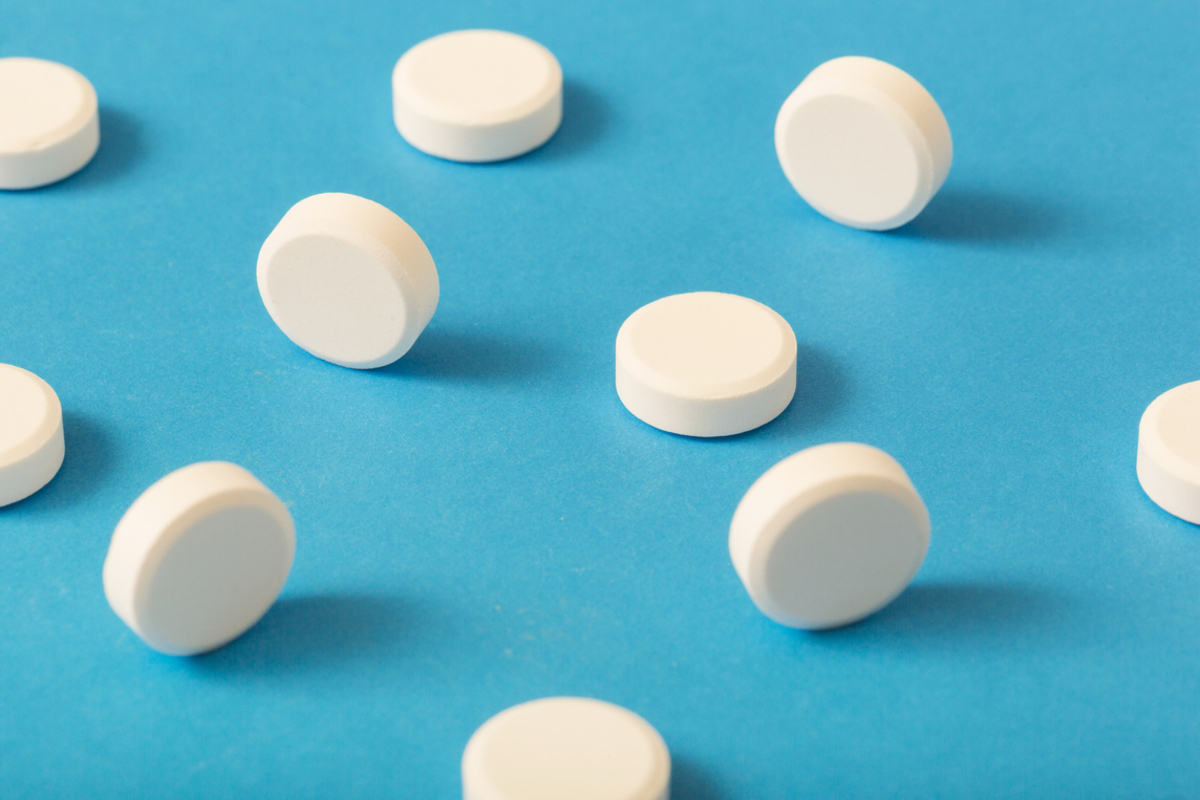Coronary artery disease can be diagnosed after a thorough investigation which may require one or more tests for the doctor to identify the precise location of the problem. The tests for diagnosing this condition range from an electrocardiogram to a heart scan. Whatever the case, coronary artery disease can be treated before it does irreparable damage.

Lifestyle changes
Your doctor may suggest a healthier diet themselves, or they may recommend a nutritionist who will tell you exactly what foods to eat. Consider the fact that while some foods are rich in bad cholesterol, others have the good kind of cholesterol. Because of that, many specialists recommend switching from one type of food to another and will suggest replacing fatty meats with fish meat, sunflower oil with olive oil, or snacks with a serving of nuts.
Medication
In its more advanced stages, coronary artery disease requires medication, as the problems won’t just disappear by eating a healthy diet. Your doctor can prescribe one or a combination of the following drugs:
- Aspirin is one of the most common go-to medications for treating a headache, but it can also act as a blood thinner. Because of this property, you are less likely to have blood clot formation, the primary culprit of coronary artery disease. Aspirin is also used to prevent future heart attacks, but this type of drug isn’t suitable for all situations. People with a bleeding disorder are most likely on another drug prescription for blood thinners, in which case taking aspirin is out of the question.
- There are also medications that help modify cholesterol. Their main purpose is to decrease the amount of bad cholesterol in the body, which is the one that leads to plaque formations in the first place. Some of the most common cholesterol meds include fibrates, niacin, and statins.
- Beta-blockers are a type of drug that will decrease blood pressure while slowing down the heart. As this happens, your heart doesn’t require that much oxygen to function, which can further reduce the risk of a heart attack.
- Calcium channel blockers are generally prescribed in tandem with beta-blockers, when the latter drug fails to be effective. If you have angina (which is chest pain common when suffering from coronary artery disease), calcium channel blockers can also ease the symptoms.
- Nitroglycerin is another effective way of controlling angina, but since they can also dilate the coronary arteries, they are good in situations where the heart needs to be “calmed” by reducing its blood demand.
- Ranolazine is also prescribed for people who experience angina as a symptom of coronary artery disease. It is normally given to people who can’t take beta-blockers, or prescribed alongside a beta-blocker.
- ACE inhibitors and ARBs are generally prescribed for hypertension because they help decrease blood pressure. They are also useful in preventing the progression of coronary artery disease.
Alternative medicine
Humans have found remedies that go outside the pharmaceutical sphere for almost every medical condition under the sun. Because there is a strong belief that nature already provides the ingredients people need to heal all sorts of ailments, there are alternative treatment paths for those with coronary artery disease. Some of the following can even be found in the form of supplements, sold in almost every drugstore.
Omega-3 fatty acids have been linked to an improvement in good cholesterol, with many studies supporting this claim. One of the ways to include them into your diet is by consuming more fish and fish oil. In fact, fish is the richest omega-3 acid source, particularly when consuming canned tuna, herring, and salmon.
You can get omega-3 fatty acids from flax and flaxseed oil. However, fish is still a much better source. While good for elevating good cholesterol, the fibers found in raw flaxseed shells are better for constipation.
Different supplements can also modify cholesterol levels and blood pressure, and some of these are cocoa, garlic, barley, artichoke, alpha-linolenic acid, oat bran, and coenzyme Q10.
Medical procedures
During an angioplasty, the surgeon uses a thin tube (called a “catheter”) to access the narrow part of the artery. When the catheter is in place, the surgeon passes a wire through it, which has a deflated balloon at the end. The balloon is inflated in order to push the walls of the artery further away from each other. To make sure they stay that way, the surgeon always inserts a stent, one that can also release medication to keep the artery open.
In other cases, coronary artery bypass surgery may be necessary. During the procedure, the surgeons extract a vessel from another body part and use it to graft a blocked artery. In other words, surgeons create another path for the blood to follow. However, this medical procedure is open-heart surgery, and it’s generally reserved for people who have several narrow coronary arteries.
Conclusion
- Photo courtesy of SteadyHealth


Your thoughts on this